As Spain’s most popular hiking experience, the Camino de Santiago is actually a cluster of different routes that all lead to the same destination — a little town called Santiago de Compostela. Initially a Catholic pilgrimage that only the deeply faithful dared undertake, it is now open to everyone and it welcomes adventurers and hikers from every part of the world. Each year it is visited by more than 200,000 people who all enjoy having an active holiday and it is quite unlike anything you’ve ever seen before.
Are you curious about this famous pilgrimage and long to experience all that it has to offer? Then take a look at our guide that is perfect for first-time Camino walkers and anyone who enjoys hiking holidays. You will find here all the information you might need and then you can start planning your journey straight away!
➳ Read More: A complete guide to hike the Camino de Santiago: Northern Route
A bit of history of el Camino de Santiago
Also known as the Way of Saint James, the Camino de Santiago’s primary aim was to celebrate Saint James the Greater, one of the twelve apostles of Jesus. From the discovery of his remains in 812 AD all the way to modern times, pilgrims have travelled to the cathedral in Santiago de Compostela to honor him and enjoy the spirituality of the journey.
Most people who take to this road for religious purposes show their dedication by wearing a scallop shell around their neck, which is a traditional symbol of St. James that indicates his humble origins as a fisherman.
Today, there are still many Catholics who take to this road to reaffirm their faith, but there are also plenty of people who walk the Camino simply because it is a unique, beautiful and even life-altering experience. You do not have to practice spirituality of any kind to enjoy the sights and the simple joy of walking, but do not be surprised if you find the whole experience transformative — there is something incredibly humbling about taking a break from luxurious vacations and indulging in the simplicity of hiking.
Which route to take in El Camino de Santiago?
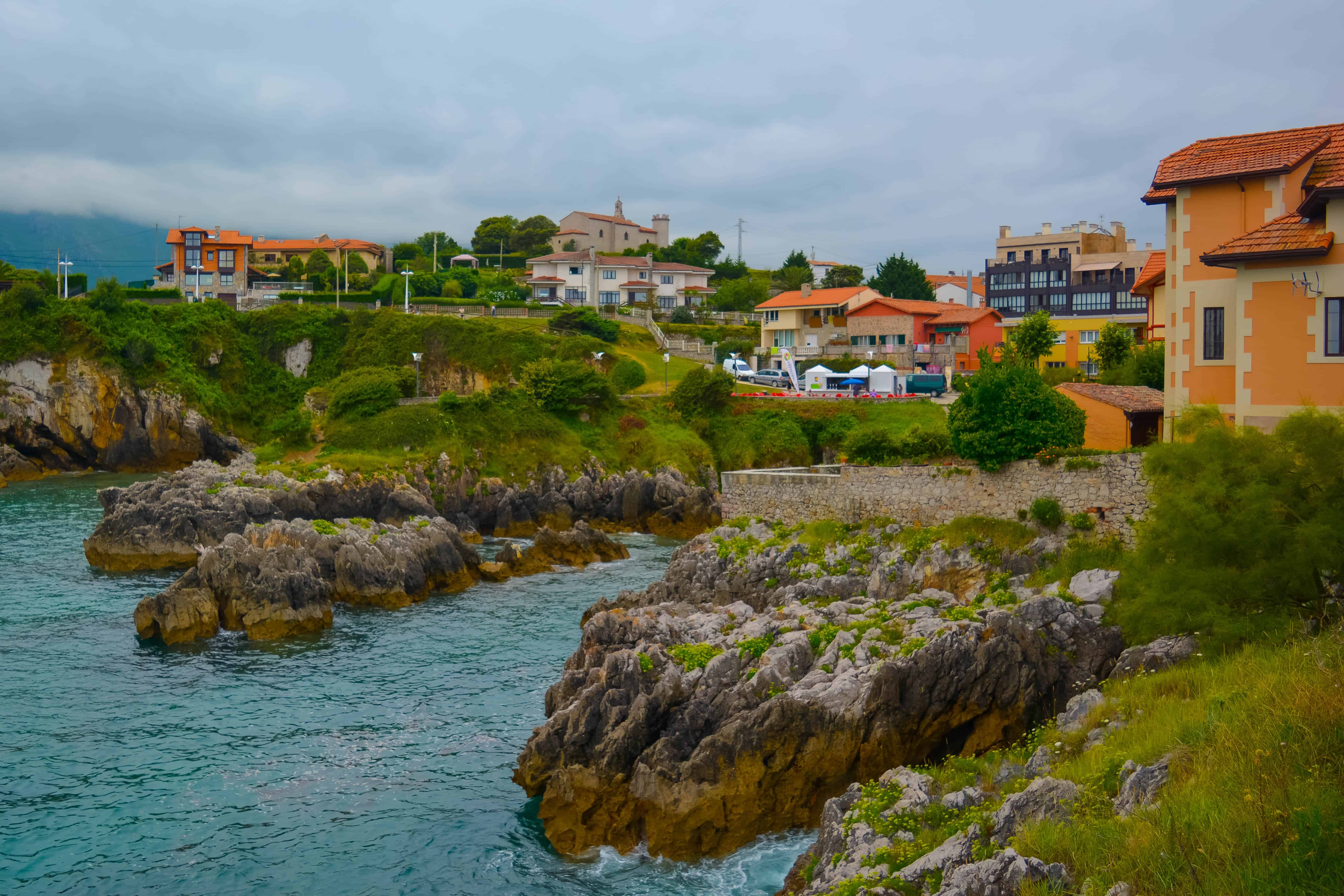

There are actually dozens of routes that you can choose from, so you can really modify the trip to suit your level of physical fitness and your schedule. Some of the longest and most popular routes are the French Way and the Portuguese Way, and it takes about a month to finish each of them.
The French Way starts in Saint Jean Pied de Port and it offers one of the most social experiences you can find on the Camino, so you are bound to meet plenty of people and possibly make quite a few friends as you walk together.
The Portuguese Way starts in Lisbon and it is a little less popular, but since you are heading out from the capital and traveling across Portugal, you will have the chance to witness some gorgeous countryside and enjoy the Moorish architecture as you go along.
The Northern Spain follows the northern coastline of Spain. It is one of the most beautiful routes toSantiago de Compostela.
If you are short on time and cannot afford to take a whole month off, bear in mind that you do not have to commit to walking the entire route. Plenty of pilgrims like to start at the last 100km stretch of the road and they head out from Sarria. You can also start from Ourense and finish everything in about a week, or you could even take the English Way and start from Ferrol. For those who really prefer a solitary experience and want some peace and quiet take the Winter Way, which goes from Ponferrada to Santiago along the winding River Sil.
When is the best time to hike El Camino de Santiago?
It is usually a good idea to go during spring or early fall. That way you can avoid the sweltering heat, and even though you might catch a few rainy showers, you will still enjoy pleasant weather for most of your journey. Summer also tends to be very crowded with tourists, but if you like company, this can be a great way for you to socialize. As long as you have adequate sun protection and carry a lot of water, you should be fine even during the warmer months.
The only part of the year that is not recommended for walking is winter, mostly because a lot of hostels and accommodation options are closed, especially around New Year. It is also not very pleasant to wade through snow, but if you are intent on going then, bring some warm gear.
How fit do I need to be to hike the Camino de Santiago?
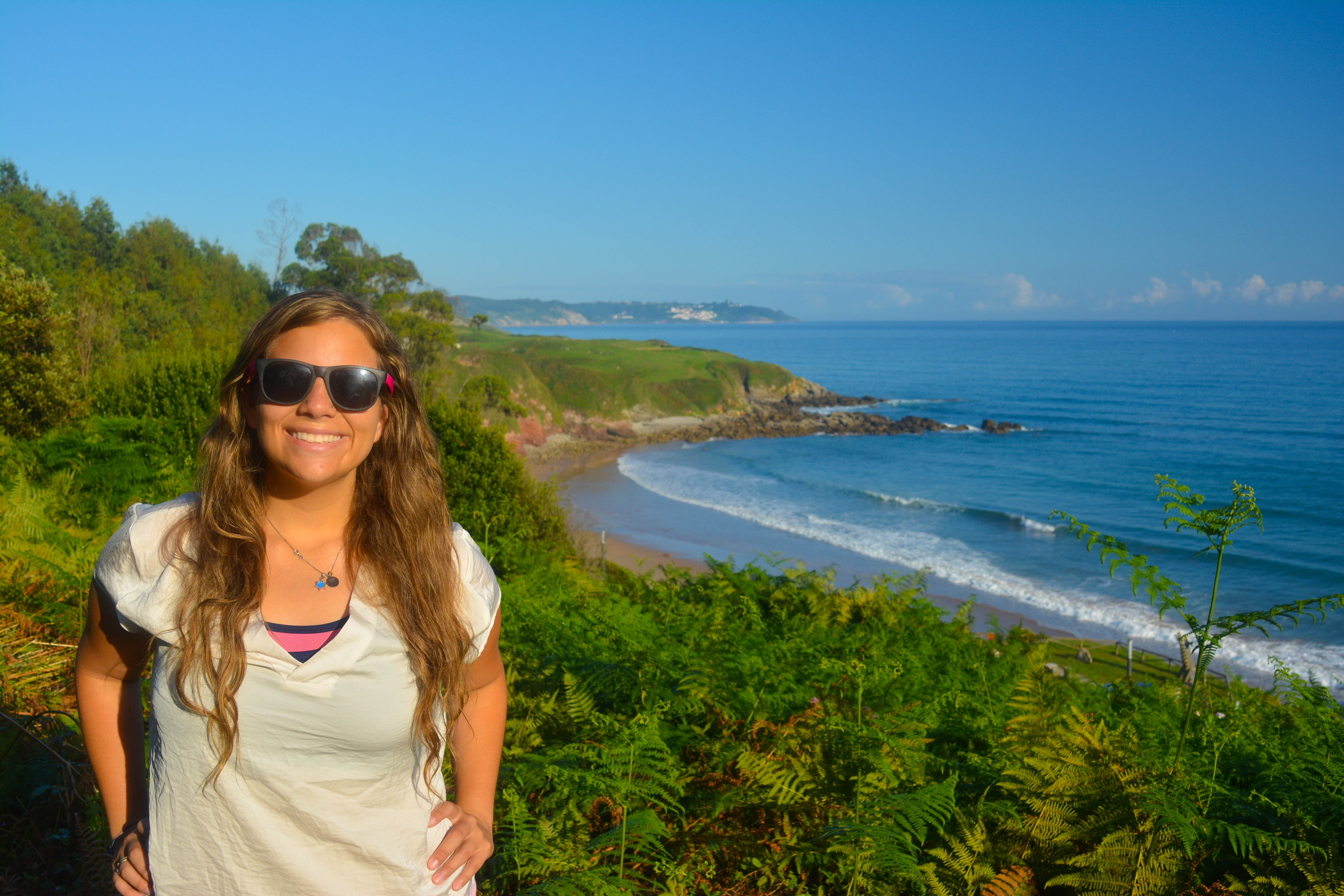



While it is definitely not necessary for you to be an athlete, a certain amount of physical fitness can really make the journey easier to manage. However, if you are not in great shape and still really wish to go, it is entirely possible. Take long daily walks several months before your pilgrimage to get your feet used to the strain, but bear in mind that nothing can truly prepare you for the amount of hiking you will be doing every single day.
The Camino de Santiago is a physical challenge in every way, but that is one of the best parts of it. Take it easy during the first week and listen to your body — if you are too exhausted to walk, take a rest. You can extend your trip and finish the whole route in smaller increments. A lot of people actually end up very motivated to get fit after their first Camino.
It is also not a bad idea to visit your doctor before you set off and get a full-body checkup. That way, you will know whether there are any issues that you need to be aware of, and if your GP gives you the green light, feel free to start planning your trip.
What can I expect from the accommodations across the Camino de Santiago?
There are more luxury hotels in some of the bigger cities, but for the most part, people rely on albergues. They are hostels that are specifically made for pilgrims, and you can find them in almost every village along your route. They are fairly affordable and a lot of them offer dinner and breakfast, but there is no way to book them in advance. First come, first served is the general rule, though it is very rare that people have to be turned away because there is not enough room.
If you want something a little more comfortable, you can find a room in a private guest house. These are called pensiones, and they are usually run by families and could offer you the privacy of a whole room to yourself.
Of course, you can always stay at actual hotels, but they are the most expensive option, and do not expect to find a lot of them in hamlets, villages, and the smaller places along the Camino. If you want and can afford it, it is not a bad idea to generally stay in albergues, but to treat yourself to a hotel room stay once or twice to rest from the crowds and find a few quiet moments for yourself.
Do I need any special documents to do the Camino de Santiago?
Yes! This is one of the more exciting parts — you will get a pilgrim’s passport. It’s a small document that you will have stamped each time you reach a new destination, and most people keep it as a very treasured memory. You can easily grab it online from sites such as this one, so make sure you have it when you start your journey.
Having a pilgrim’s passport and walking at least 100 km of Camino de Santiago are necessary if you want to apply for a certificate once you reach the Pilgrim’s Office in Santiago de Compostela. The passports are also needed to get a room at an albergue — you must show you have walked your part and are entitled to stay at the hostel.
What are the things I should not miss while walking the Camino de Santiago?
The whole trip is going to be very interesting, but some of the cities you definitely do not want to miss out are León with its massive cathedral and maze-like streets, Burgos for the stunning architecture everywhere you look, and Logroño if you are a fan of good wine. Another thing that is worth a visit is Cruz de Ferro — also known as the Iron Cross, it’s the highest point of the French Way, and it is a tall monument said to have been erected by St. James himself.
As the name implies, it is shaped like a cross, and while it looks very simple, there is an interesting tradition related to it. Namely, people all over the world take a small rock from their hometown, and they place it at the foot of the cross. Leaving it there is supposed to imply you are symbolically leaving your burdens behind. This is a beautiful, spiritually uplifting place, but if you want a few quiet moments to meditate or pray there, it is best that you visit it in the morning when there are far fewer tourists around.
What will the food be like?
The short answer is — bland, but filling. If you rely only on meals provided at albergues (they usually cost around 8-10 euros), you won’t go hungry, but you probably won’t eat anything thrilling. However, if you long to indulge your inner gourmet, there are still plenty of restaurants in the cities where you can sit, rest, and eat a delicious, hearty meal. Most albergues also have little kitchens, so if you have any special dietary needs or like to cook, you are free to use them. It could help you save some cash if you are working with a limited budget.
What should I pack to hike the Camino de Santiago?




Pack lightly. Most people bring way more than they really need, and unless you are particularly fond of lugging around a huge, heavy backpack, do not stuff so many things into your bag. You need a few changes of clothes but you can wash them between uses, and you are not really going to a fashion show. There is no need for anything fancy, focus on comfort.
The absolute most essential part of your packing list should be good hiking shoes. You need something that can take you very far each day, so get either sneakers or walking boots that are sturdy, have good arch support, and are unlikely to fall apart after a week. Make sure to break them in — new shoes are a lot more likely to cause big blisters. Speaking of blisters, bring Compeed Band-Aids and invest in high-quality socks to prevent chafing and avoid irritating the skin of your feet.
A good backpack is also important, and you’ll want the kind that sits comfortably on your back and doesn’t cause you to slouch. You can add hip straps to help disperse the weight. Besides this, bring things like sunscreen, a water bottle, toiletries, bug spray, ear plugs, a money belt for important documents, and your camera to capture all the beautiful sights.
You can find a more complete list here, so take a look at it and make sure to be minimalistic when it comes to packing. Remember, more stuff means more weight to carry, and you’ll really start regretting that after a long day of hiking with little rest.
Can I take my bike to the Camino de Santiago trail?
Yes. If you love cycling, you can definitely bring your bike, though we recommend avoiding the more popular routes because other tourists might get in the way. Riding down the Portuguese Coastal Way that starts from Porto is a great choice because it is peaceful, it offers great scenery, and it is perfect for cyclists. You won’t encounter nearly as many people walking on foot.
Is the Camino de Santiago family-friendly?
Absolutely. The Camino de Santiago is completely safe, and the only thing you have to take into consideration is the age and physical prowess of your children and other members of the family. A month-long walk is not appropriate for small children, but teenagers could probably handle it, especially if they are eager for the exercise. Most families take their bikes with them and ride along the coast, but you can also walk that last stretch starting from Sarria. If you have a very active family and do not care much for lazy beach vacations, this is the perfect choice for you.
Can I do the Camino de Santiago alone?
As we have just mentioned, the Camino is really safe and it is very unlikely anything bad will ever happen to you. Walking it alone is absolutely encouraged, especially because you won’t ever really be lonely. You can either dedicate yourself to putting one foot in front of the other and enjoying the meditative state of hiking in pleasant solitude, or can join up with all those other tourists around you and make a ton of new friends. Traveling solo means you will be completely free to do whatever you like, so embrace that kind of independence and enjoy this journey of self-discovery.
Now that you know all the important basics, you can start planning your trip. Allow yourself to get excited as you anticipate the moment when you can finally travel away and start your walk, and make sure to bring a journal with you — after all, the experience will be so fun, you will long to write all about it.
Camino de Santiago: Northern Route Spain Travel Video
⇟ More articles related to this:
➳ Read More: Nine things to do in Madrid during a long layover
➳ Read More: A complete guide to hike the Camino de Santiago: Northern Route
➳ Read More: 7 Must See Antonio Gaudí Buildings in Barcelona
➳ Read More: Complete walking guide to Ciutadella de Menorca and its Beaches
➳ Read More: Enjoy the beaches of San Sebastian in 13km Walking
➳ Read More: What to do and see in Segovia
➳ Read More: What to do and visit in Bilbao
➳ Read More: What to visit in Zaragoza
➳ Read More: The 8 best day trips from Madrid
➳ Read More: 6 Royal sites to visit in Madrid
➳ Read More: What to do and visit in Toledo
➳ Read More: What to do and see in Seville
➳ Read More: What Free Walking Tour to Take in Barcelona, Spain
➳ Read More: A complete guide of what to do and see in Barcelona
➳ Read More: 15 Destinations to visit in Spain
Save this article for later ⇟
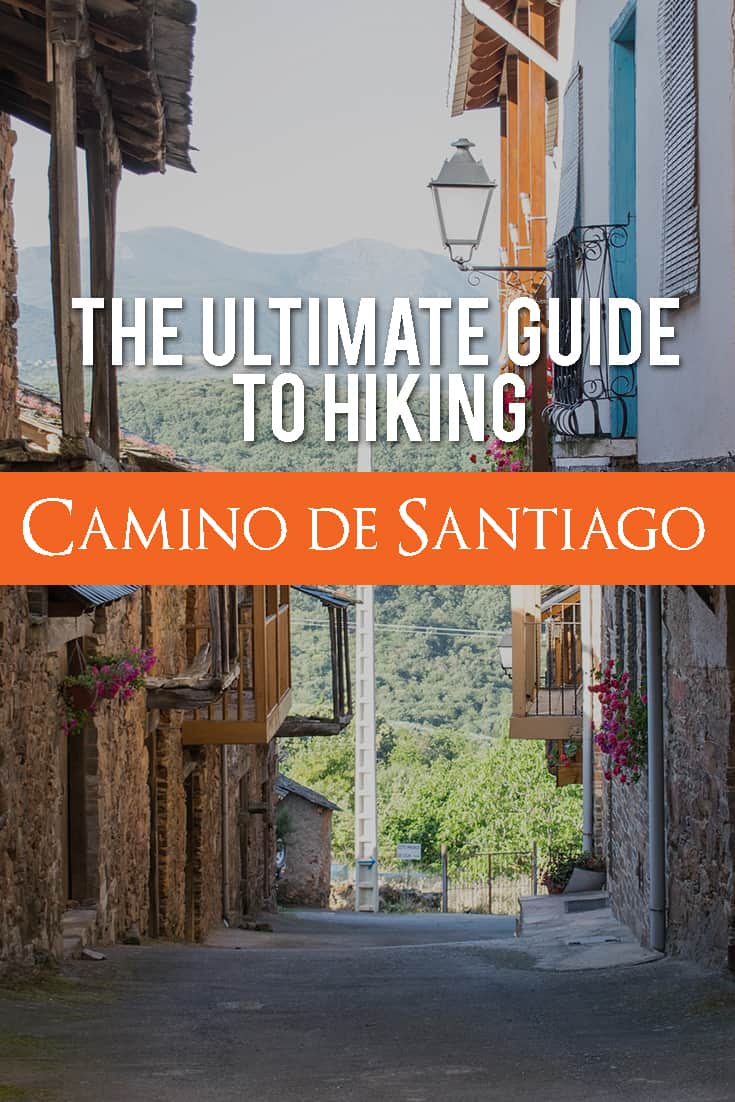

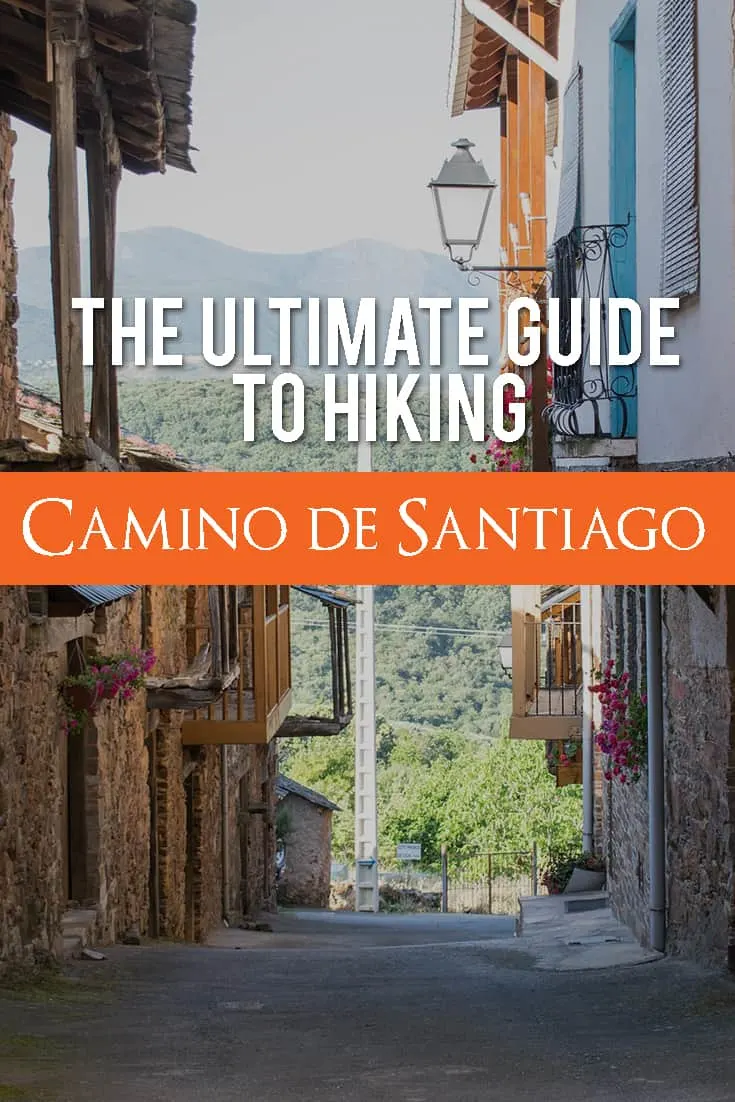

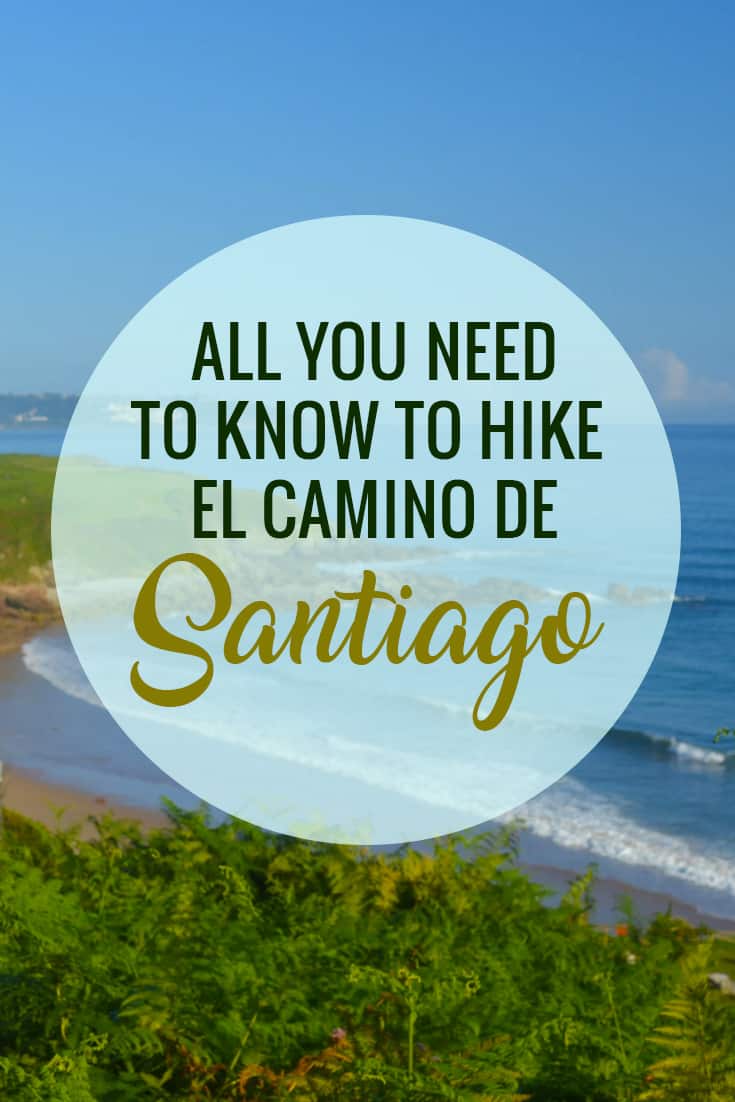

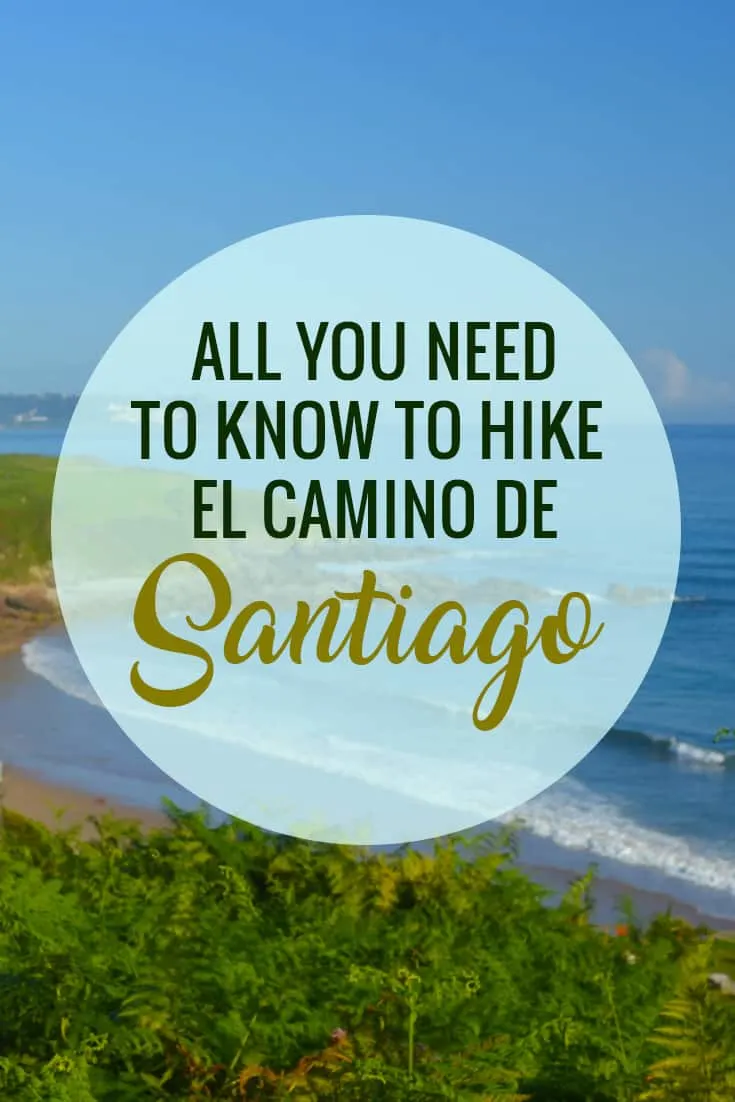


Royvia
Friday 13th of September 2019
Great post.
Travel To Blank
Friday 13th of December 2019
Thank you for stopping and say hi;